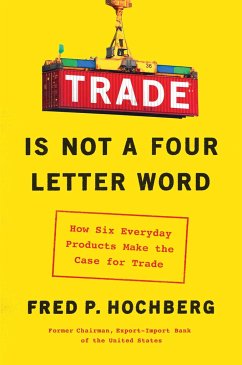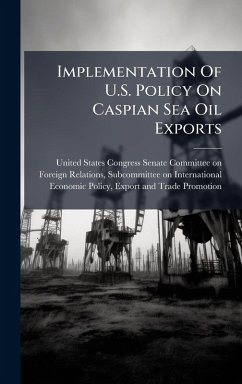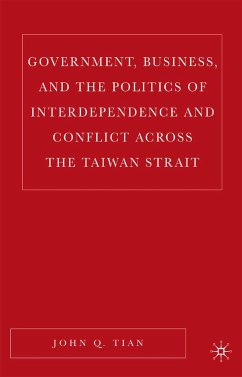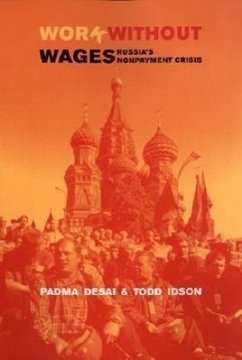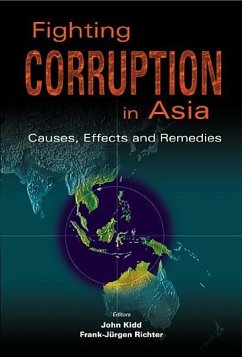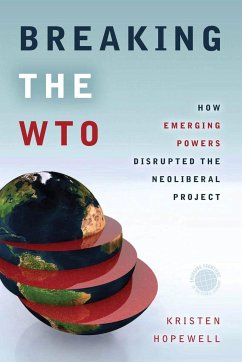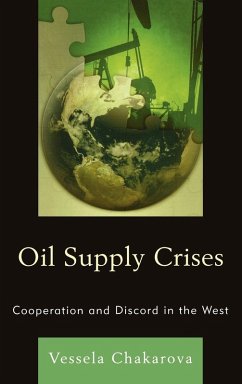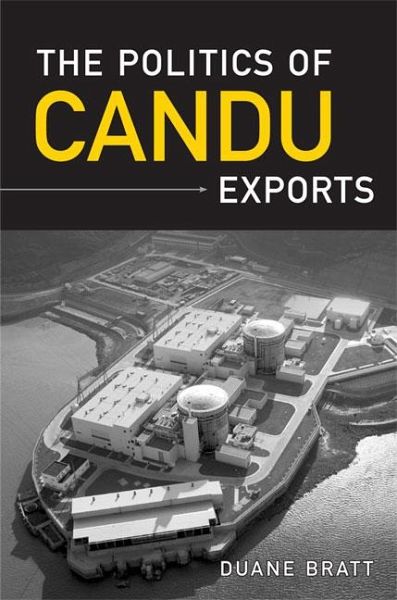
The Politics of Candu Exports
Versandkostenfrei!
Versandfertig in über 4 Wochen
67,99 €
inkl. MwSt.

PAYBACK Punkte
34 °P sammeln!
The economic benefits of exporting the CANDU reactors are now weighed against the economic cost of extensive government subsidies; while the environmental benefits of CANDU exports are measured against the environmental costs of building and promoting nuclear power.



